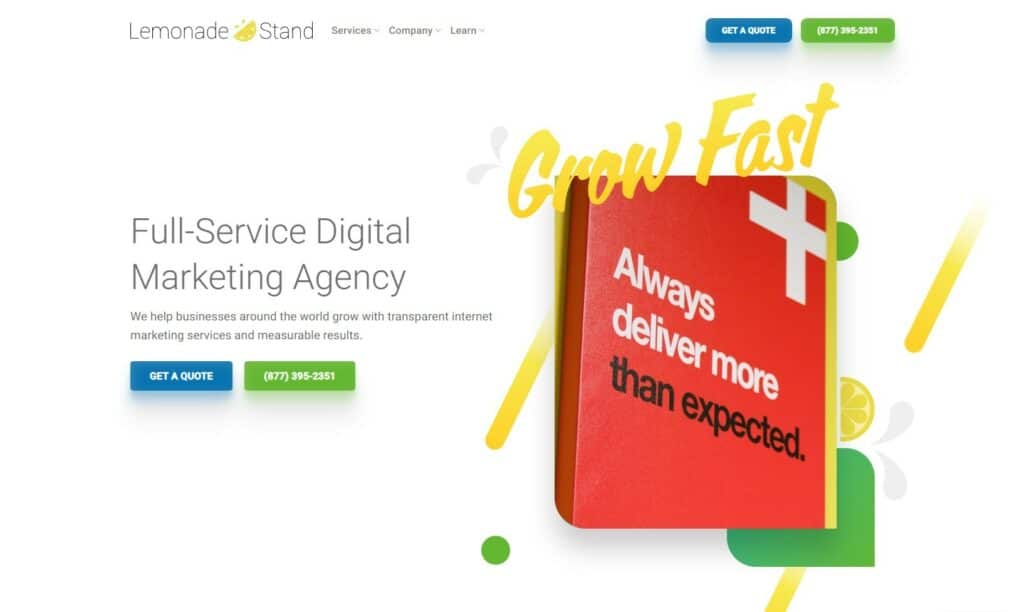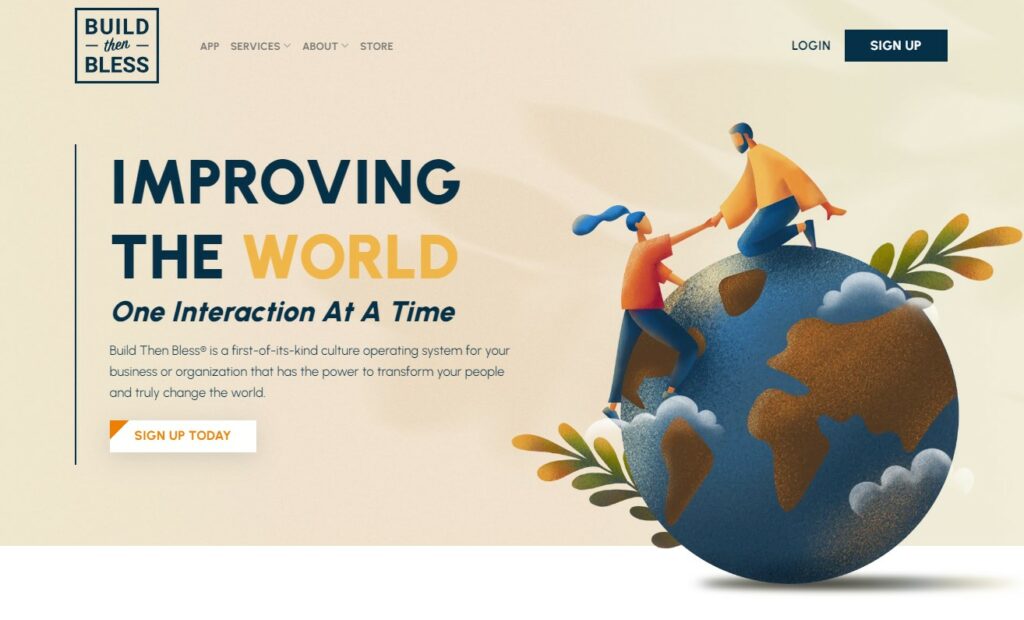Thanks to the Internet, everyone can access almost any website available online. But not all websites are developed to accommodate individuals with disabilities. This can create an equality gap that leaves those who are hearing impaired, blind, deaf, have reading disabilities or who have other disabilities at a disadvantage.
That’s part of why the American with Disabilities Act (ADA) has provisions within the law to support accessibility and prevent discrimination. According to the ADA, certain businesses—including hotels, banks and companies with 15 or more employees who work on an annual basis of at least 20 or more weeks—need to make accommodations for people with disabilities.
Just as elevators, ramps, ATM machines and other user interfaces need to be accessible to individuals with disabilities, so do websites. Website accessibility regulations aren’t completely clear, but not failing to comply with the ADA may open your business up to potential lawsuits. So, it’s worth ensuring your website is ADA compliant. But if you want to make your website, ADA compliant, then there are some essential steps you should take. Here’s how you can get it done:
Make A Website ADA Compliant By First Auditing Your Website
Performing an audit of your website can help you identify areas of improvement that you can focus on to ensure your website is ADA compliant. Have a checklist of the various components you need to review to ensure ADA compliance. For example, you should audit your website’s code and alternative text or alt text for accuracy. You also want to review your user interface and site design, such as text color contrast ratios and background colors. Make sure your site can work and is compatible with screen reading software and other assistive technology to ensure accessibility. You should also ensure individuals with disabilities can understand your website. That may call for including a secondary version of your content that doesn’t require advanced reading or using software to support expandable abbreviations. You can also use site audit tools that support ADA compliance to help automate your audit process.
Map Out Your Compliance Strategy
Create a roadmap to ensure ADA compliance by setting guidelines early on in the process. Outline the team members who should be involved in your ongoing audits and determine the responsible parties who updates information, such as web managers and UX designers. Use your audit report to determine your compliance budget, deliverables and schedule. Create a task list that outlines each element you require for your website to achieve ADA compliance. Your roadmap should also be adaptable for accommodate changes as your company grows.
Extend Accessibility Across Devices
Individuals with disabilities use all types of electronic devices, from laptops to smartphones. That means your website’s accessibility should extend beyond desktop computer accommodations to accessibility on laptops, smartphones and tablets, too. Make sure include these accommodations when conducting audits or designing a plan for ADA compliance.
Use Text Transcripts
When you use text transcripts, you give individuals with impaired hearing another option to access your content. Develop transcripts with text for your visual and audio content, such as sound bites, audio files, embedded videos or photos. Taking this step can help improve accessibility and enhance the user experience.
Think About Error Messages
If something goes wrong on your site, you want the error message to be accessible to everyone. Consider crafting concise error messages that work with assistive technology to improve accessibility on your website.
Create Descriptive Alt Tags
Individuals with disabilities use assistive technology, such as Braille displays and text or screen readers, to access the internet and your website. However, these devices and technology often cannot read photographs. Images help buyers decide if they want to purchase your products or help to readers of your blog better visualize your content. But if you lack a description of this image, your website can be out of compliance with ADA regulations. So, it’s important to add image descriptions that assistive technology can read. Each image on your website should have a descriptive alt tag.
You should also create descriptive alt tags for any audio files or videos you embed or use on your website. The alt tag will help identify the purpose of the image, video or audio file on the website. The description also helps identify the object to help individuals with disabilities better visualize or understand the image.
Consider Working With an ADA Agency
The ADA is law, and unless you have a professional on-site that understands ADA-compliance, you could easily make mistakes and overlook some important steps. An ADA agency can help guide you through the process so you can prevent legal issues for failing to comply with the law. Consider looking for an agency that has experience in the web platform, site accessibility tools and coding language you use.
Keep ADA Compliance Ongoing
ADA compliance should be a continuous effort. The law may change and your website may evolve. So, it’s important to review your website for compliance. Make sure your website stays up-to-date and schedule periodic audits of your code and website to ensure its meeting ADA-compliance standards based on your business needs.
Final Thoughts
Creating a website that everyone can access is important for extending accessibility to individuals with disabilities. It’s also crucial for your business to stay ADA compliant to avoid potential legal issues. The good news is achieving an ADA-compliant website doesn’t have to be complicated. But it’s important to have a plan and take action. By following these steps, you can ensure your website is ADA-compliant.


